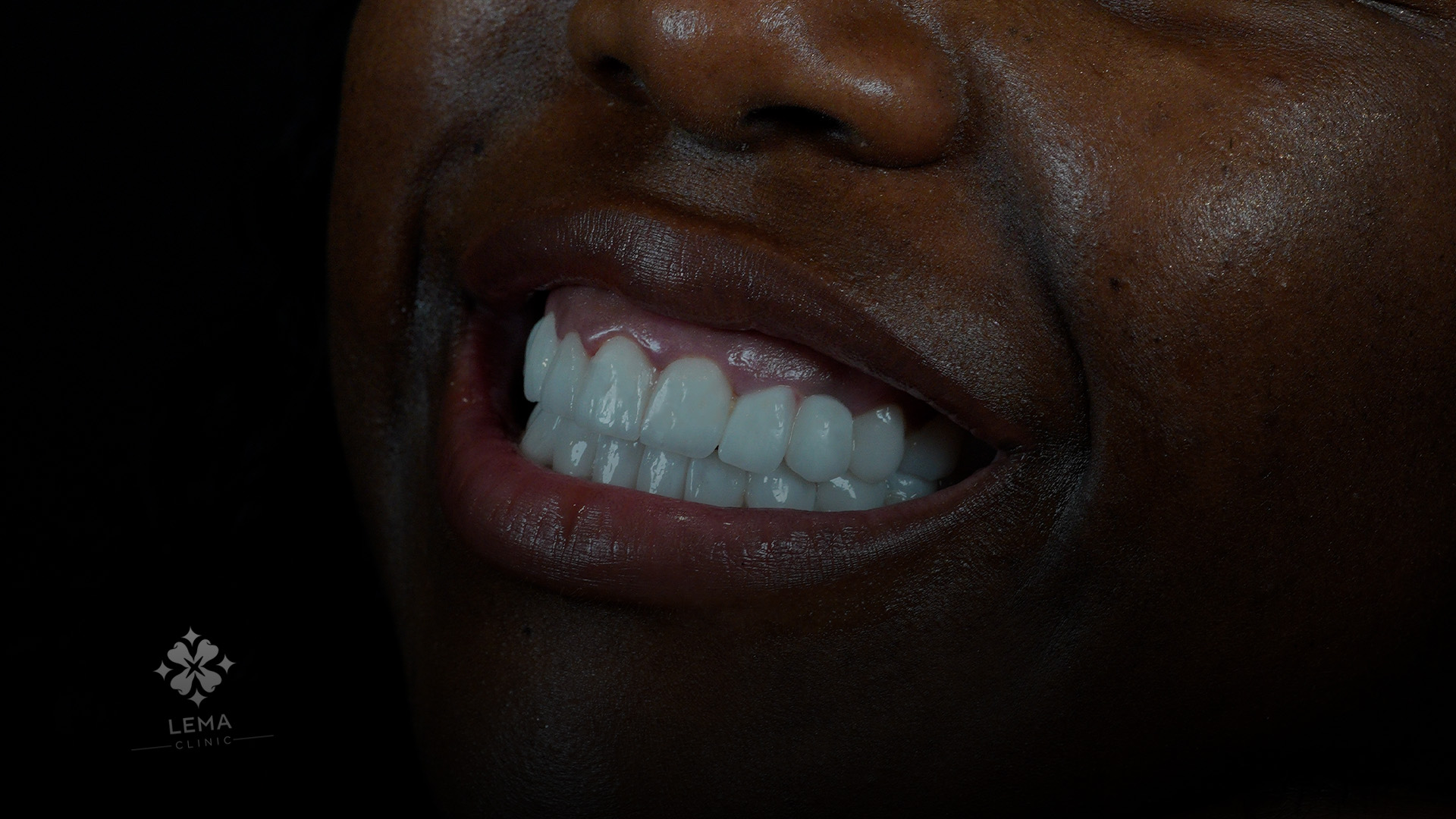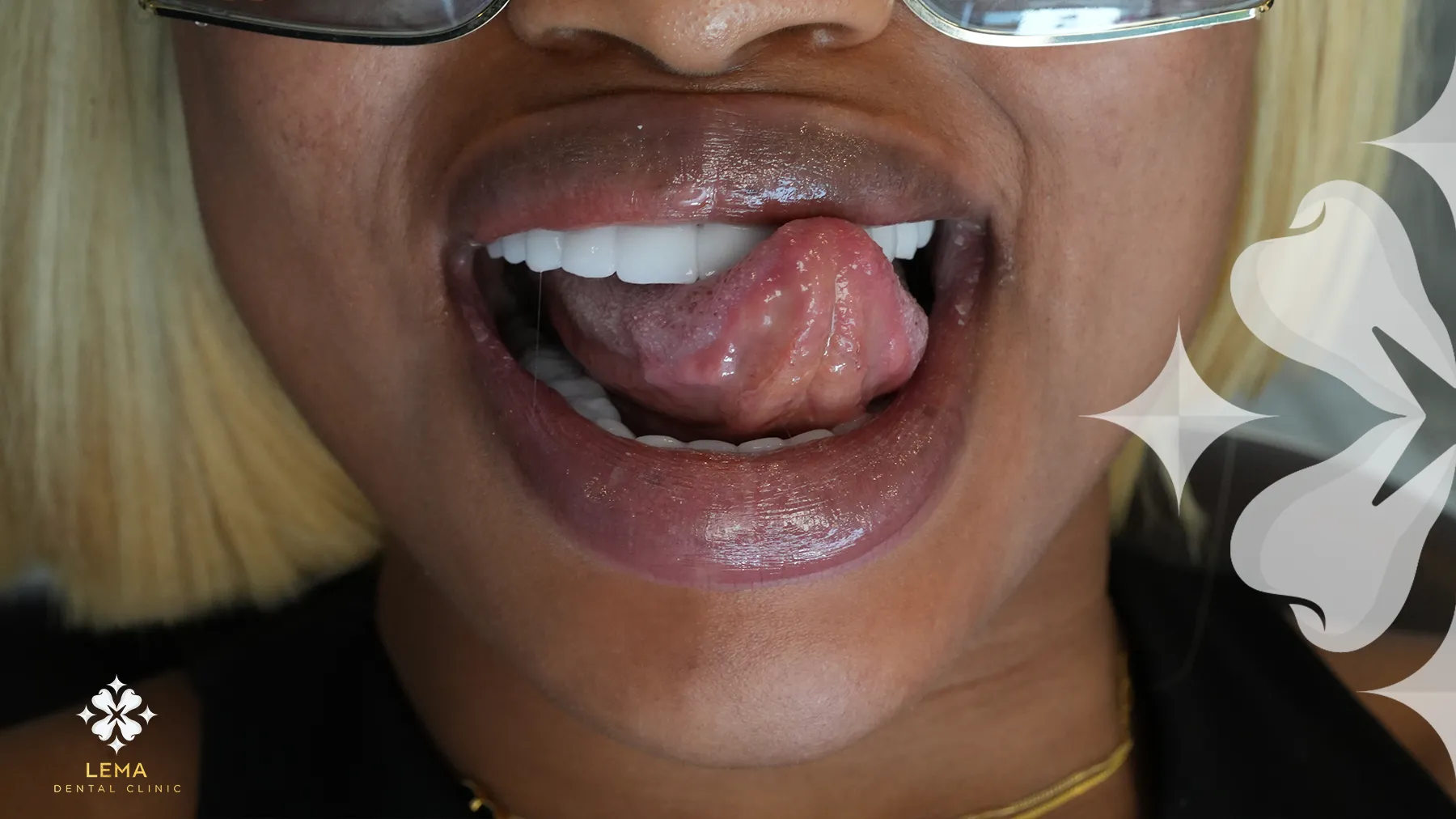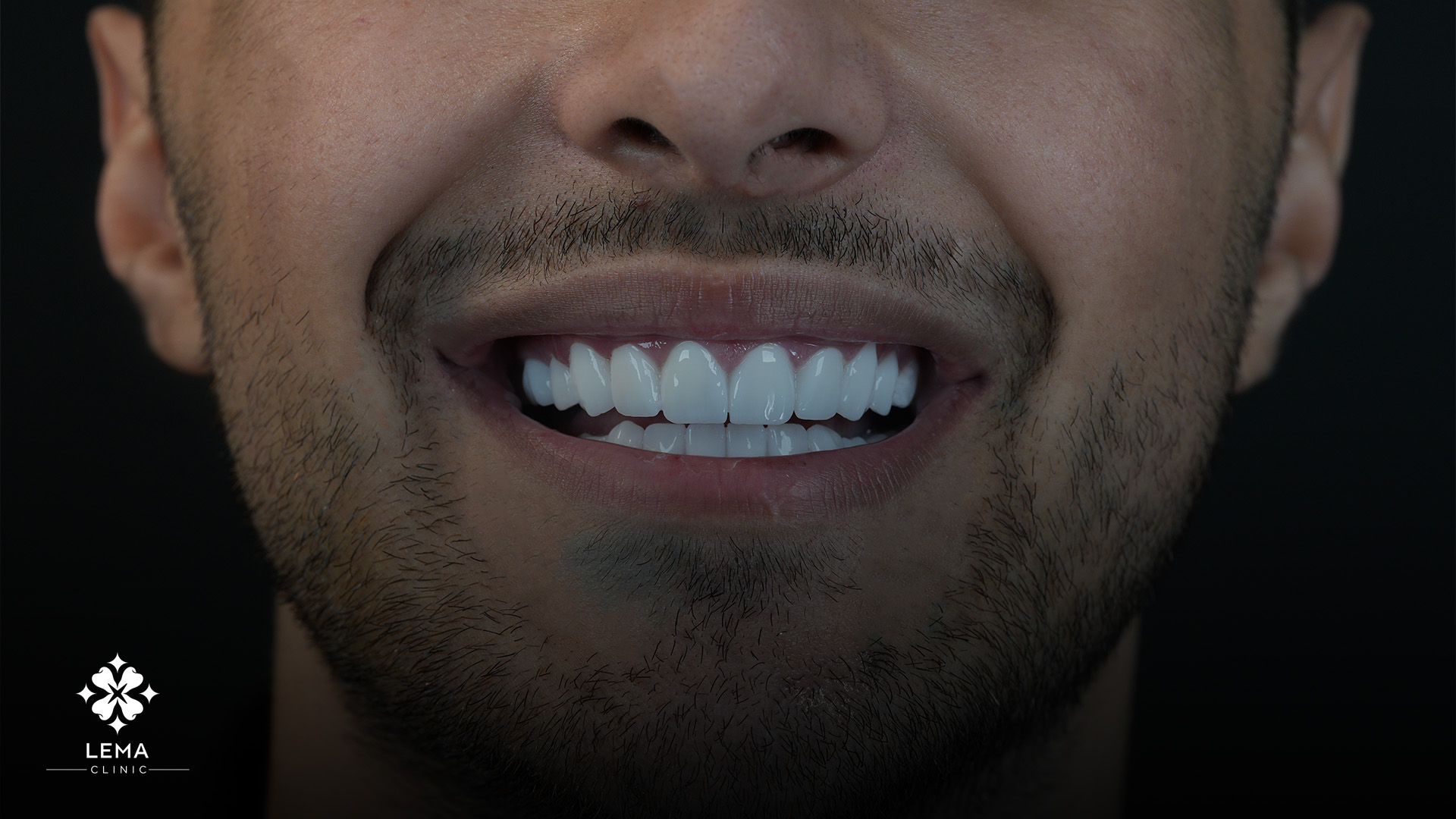Why Is Gummy Smile Surgery Performed?
Gummy smile surgery is performed to reduce excessive gum visibility and enhance smile aesthetics.

Gummy Smile reshaping or crown lengthening procedure, is performed for cosmetic reasons. It is done to reduce the amount of gum tissue that is visible when a person smiles, resulting in a more aesthetically pleasing smile. The procedure can also improve the appearance of the teeth, making them appear longer and healthier.

What Is A Gummy Smile?
A gummy smile is a term used to describe a smile where a significant amount of the gums are visible when a person smiles.
This can create an appearance where the teeth appear small or disproportionate to the gums and may make a person feel self-conscious about their smile. In some cases, a gummy smile may also be accompanied by teeth that appear to be uneven or crooked.
Gummy smiles are typically caused by an overgrowth of gum tissue or the positioning of the teeth concerning the gum line. Gummy smiles can be treated with a variety of cosmetic dental procedures, including gum contouring or recontouring, orthodontics, or a combination of the two. Consultation with a dental professional is recommended to determine the best treatment option for your specific needs.
Gummy Smile Causes, Treatment, and Benefits
A gummy smile may also be caused by functional issues such as a misaligned bite, uneven gum line, or overgrown gum tissue. In these instances, gum reshaping can also improve the function and health of the teeth and gums.
It is important to consult with a dentist or periodontist to determine the cause of a gummy smile and the best course of treatment. The procedure is typically performed under local anesthesia or conscious sedation and can be done in one or multiple appointments, depending on the extent of the correction needed.

Causes Of Gummy Smile?
A gummy smile, characterized by an excessive display of gum tissue when smiling, can be caused by several factors, including:
- Short upper lip: A short upper lip can cause more gum tissue to be exposed when smiling.
- Overgrown gum tissue: Excessive gum tissue can cause a gummy smile.
- Misaligned teeth: If the teeth are misaligned, they may be covered by too much gum tissue, making them appear short and causing a gummy smile.
- High smile line: A high smile line refers to the height of the gum line when smiling. If the gum line is higher than normal, it can cause a gummy smile.
- Jaw misalignment: A misaligned jaw can cause an uneven gum line, leading to a gummy smile.
- Genetics: Some people are predisposed to having more gum tissue and may naturally have a gummy smile.
- Medications: Certain medications, such as phenytoin (Dilantin), can cause overgrowth of the gum tissue, leading to a gummy smile.
It is important to note that these causes may vary from person to person and a proper diagnosis can only be made by a dental professional after a thorough examination.

What Is A Crown Lengthening Operation?
Crown lengthening is a surgical procedure performed by a periodontist (gum specialist) or oral surgeon to reshape the gum tissue and bone surrounding a tooth. The goal of the procedure is to expose more of the tooth structure, making it easier to place a crown or other restorative dental work.
During the Gummy smile procedure, the periodontist removes excess gum tissue and sometimes a small amount of bone to achieve the desired tooth exposure. The incisions are then closed with sutures, and the gums will heal over the next several weeks. The final result is a more aesthetically pleasing smile with a longer-looking tooth.
Crown lengthening can also improve the overall health of the gums by removing diseased or infected gum tissue, and can be performed as a standalone procedure or in combination with other dental treatments such as a root canal or a dental crown. It is important to discuss the potential benefits and risks of crown lengthening with a dentist or periodontist before undergoing the procedure.
How To Fix Gummy Smile
There are several ways to fix a gummy smile, depending on the underlying cause and severity of the issue. Here are some common methods for treating a gummy smile:
- Gum contouring or recontouring: This procedure involves removing excess gum tissue to expose more of the teeth and create a more balanced and proportional smile. It can be performed using a laser or traditional surgical methods.
- Orthodontics: In some cases, orthodontic treatment, such as braces or clear aligners, can be used to reposition the teeth and reduce the amount of gum tissue that is visible when smiling.
- Lip repositioning: This procedure involves reducing the amount of upper lip that is exposed when smiling, which can help balance the appearance of the gums and teeth.
- Botox injections: Botox injections can be used to relax the muscles that control the movement of the upper lip, reducing the amount of gum tissue that is visible when smiling.
- Veneers or crowns: If the gummy smile is caused by small or misshapen teeth, veneers or crowns can be used to improve the appearance of the teeth and create a more balanced smile.
It’s important to consult with a dental professional to determine the best treatment option for your specific needs and goals. A dental professional can evaluate the cause of your gummy smile and recommend the most appropriate treatment to achieve the desired results.
Celebrities With Gummy Smile
There are many celebrities with gummy smiles, and some of them have even embraced their unique smiles as part of their overall appearance. Here are a few examples of gummy smile celebrities:
- Julia Roberts: Julia Roberts is known for her iconic smile, which includes a prominent gum line. She has often been praised for her confidence and ability to embrace her natural features.
- Nicole Kidman: Nicole Kidman’s smile is also characterized by a prominent gum line, which she has said is due to genetics. She has not undergone any cosmetic procedures to change her smile and has embraced it as part of her unique look.
- Gwen Stefani: Gwen Stefani’s smile features a significant amount of gum tissue, but she has not undergone any cosmetic procedures to change it. She has been praised for her confidence and individuality.
- Madonna: Madonna has a unique smile that includes a prominent gum line. She has never undergone any cosmetic procedures to change her smile and has embraced it as part of her overall appearance.
- Elvis Presley: Elvis Presley had a prominent gum line, which was often visible when he smiled or sang. Despite this, he is still considered one of the most iconic performers of all time.
These celebrities are just a few examples of individuals who have embraced their gummy smile as part of their unique looks. While some people may choose to undergo cosmetic procedures to change their smiles, others find confidence and beauty in their natural appearance.








I’ve been self-conscious about my gummy smile for years. How does gummy smile surgery help improve it?
Hello Cooper,
Gummy smile surgery, or crown lengthening, reduces excessive gum tissue to reveal more of the teeth, resulting in a more balanced and aesthetically pleasing smile.
What are the common causes of a gummy smile that might require surgery?
Hello Julia,
Common causes include a short upper lip, overgrown gum tissue, misaligned teeth, a high smile line, or jaw misalignment. Genetics and certain medications can also contribute.
Is the recovery from gummy smile surgery painful and long?
Hello Isaiah,
Recovery involves some discomfort and swelling, typically managed with prescribed medication. Healing usually takes a few weeks, and following post-operative care instructions ensures a smooth recovery.